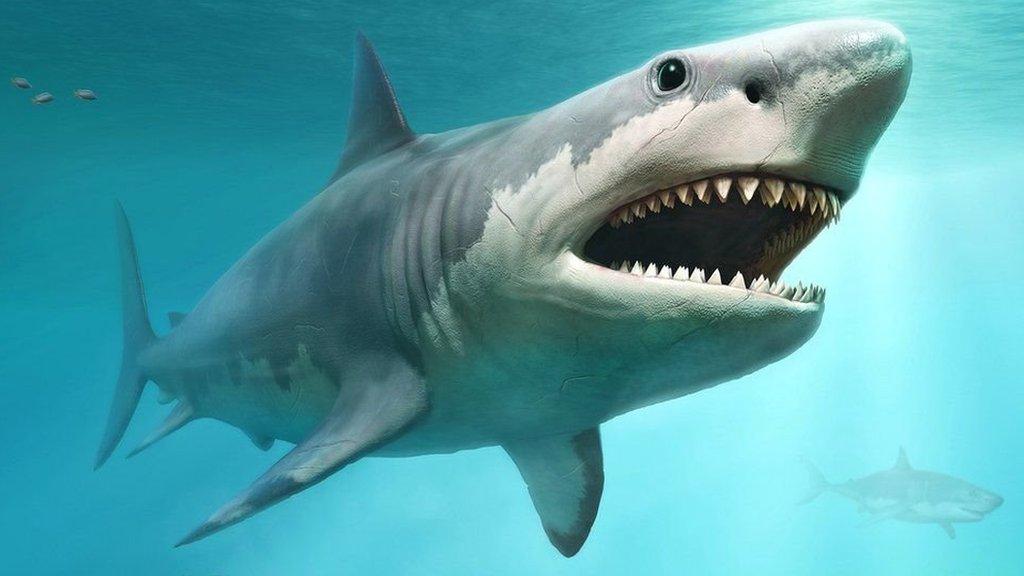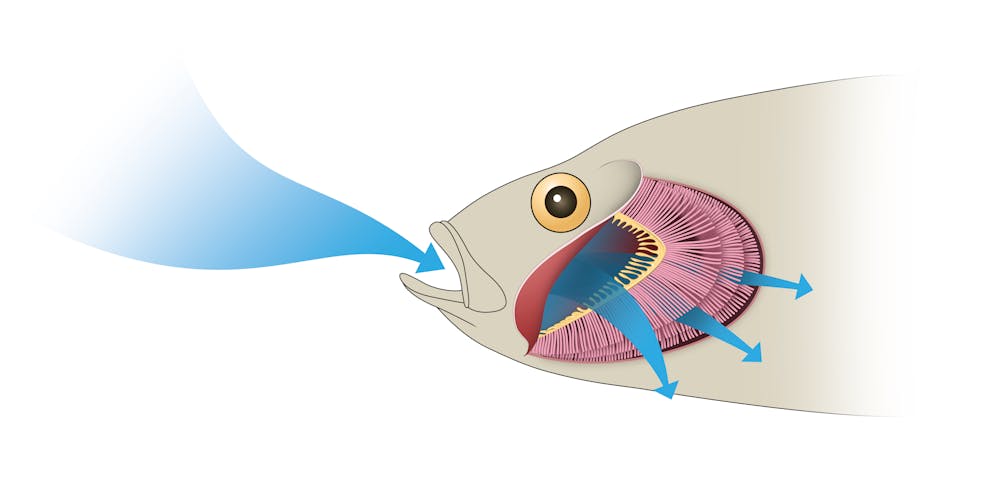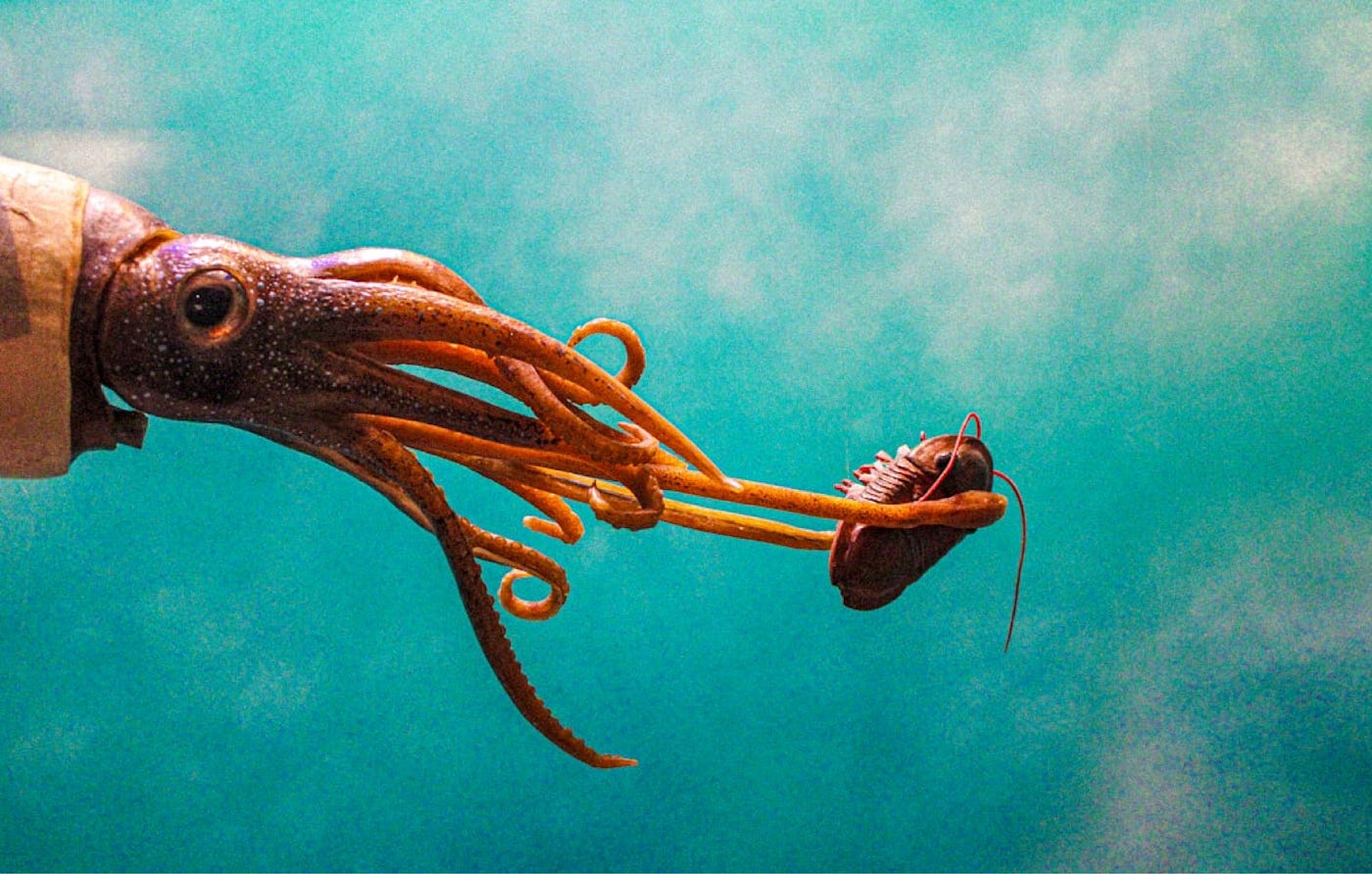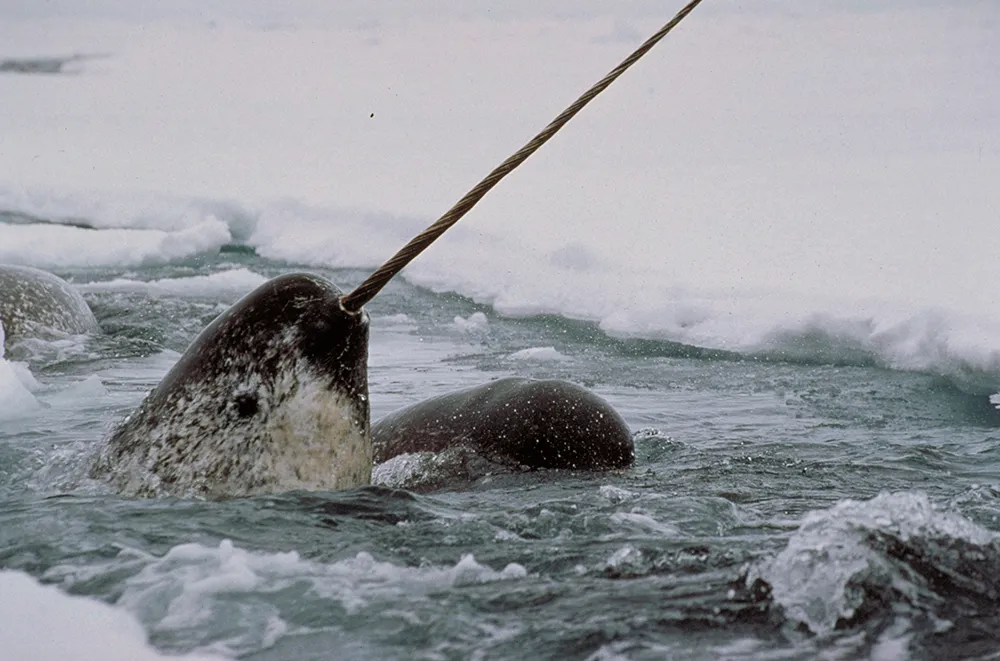(Sea creatures)
(Sea creatures)
(Sea Creatures)
HALWE
WHALE
HSARK
SHARK
What is the worlds largest predator?
A) Great White Shark
B) Sperm Whale
C) Giant octopus
Sperm Whale!

Sperm whales are the world's largest predator, with males reaching lengths of up to 67 feet (20.5 meters) and weights of up to 90 tons (81 metric tons). Females are slightly smaller, reaching lengths of up to 33 feet (10 meters). Sperm whales are found in all the world's oceans, but prefer deep waters.
True or false: some animals that live in the ocean have fur/hair?
TRUE!
Many underwater animals have hair or fur, including sea otters, seals, sea lions.
Fun Fact: Sea lions produce loud roars help explain why they're named after lions. Males of some sea lion species even grow thick manes around their necks.
Most sea lion pups are born in late June. Pups are well developed at birth. Their eyes are open, they can vocalize, and even swim a little. Several days after the pup's birth, the mother leaves the pup in the crowded rookery as she searches for food in the ocean. When she returns, the mother emits a loud trumpeting vocalization, which elicits a bleating response from her pup. This exchange continues until the mother and pup find each other. She makes her final identification by smelling her pup.
I have a long nose named after a weapon.
Swordfish!
Fun facts:
Swordfish are one of the fastest predators in the ocean, swimming up to 60 miles per hour
- They have special organs next to their eyes that keep their brain and their eyes warm in cold water. This greatly improves their ability to see.
- They mostly eat at night.
- They have few predators which include humans, large sharks, and killer whales.
- Their scientific name is Xiphias gladius. Gladius means sword in Latin.
- They do not generally swim in groups or schools.
EAS URTTLE
SEA TURTLE
OLDNIPH
DOLPHIN
Great white sharks can detect a colony of seals from:
A) 2 miles away
B) 3 miles away
C) 4 miles away
2 miles away.

On average, they grow to around 4.6m long, but some great whites have been measured at 6m – that’s half the length of a bus!
Any creature unlucky enough to find itself in the gob of a great white is in for a nasty shock! Because this marine beast’s mouth is equipped with a set of 300 sharp, triangular teeth arranged in up to seven rows.
https://www.youtube.com/watch?v=WxFNP5C4niw&list=PLQlnTldJs0ZTVrUl7QhGQiKzIDP4dsCto&t=12s
True or false: all animals that live in the ocean breathe under water.
False!
Many animals live in the ocean but can't breathe underwater, including:
- Whales and dolphins: These mammals breathe air into their lungs through a blowhole on top of their heads. Dolphins can typically hold their breath underwater for 8 to 10 minutes, but some species can hold their breath for up to 15 minutes.
Seals, sea otters, and sea cows: These mammals don't have gills and need to return to the surface to breathe.
Reptiles like snakes and crocodiles: These cold-blooded animals can't breathe underwater, but they can hold their breath for long periods of time.
Loggerhead turtles: These turtles can survive underwater for up to 10 hours on a single breath
I have two very long teeth (called tusk) that poke out of my mouth. I am a mammal.
Walrus!

Walruses are known for their large tusks, which they use for many things, including digging into ice and snow, hauling themselves out of the water, and establishing social dominance.
BOLSRET
LOBSTER
RATSIFSH
STARFISH
This type of whale has a murderous nickname, and in recent years groups of them have been known to tip over boats.
Orcas - AKA Killer Whales
True or false: both fish and mammals live in the ocean
True!
Marine mammals are classified into four different taxonomic groups: cetaceans (whales, dolphins, and porpoises), pinnipeds (seals, sea lions, and walruses), sirenians (manatees and dugongs), and marine fissipeds (polar bears and sea otters)
I am the little slits on the side of a fish that allow it to breathe.
G ______
Gills!
Fish can breathe underwater by using their gills. Gills enable fish to get oxygen out of the water, just like you get oxygen out of the air. Fish gills look a little like a row of tiny hairbrushes with the bristles turned towards the outside of the fish's body.

EAS RUCHNI
SEA URCHIN
TOOCSUP
OCTOPUS
This animal traps and kills other fish by stinging them with their long tentacles.
Jelly fish!

Jellyfish are mostly water
Jellyfish are made up of 95–98% water. When they wash ashore, they can evaporate into the air within hours.
Jellyfish can be immortal
The Turritopsis dohrnii, also known as the immortal jellyfish, can potentially live forever. When threatened, it can undergo cellular transdifferentiation, which essentially makes its cells new again.
The Australian Box Jellyfish is the most venomous marine animal
A sting from the Australian Box Jellyfish can lead to cardiac arrest, paralysis, and death within minutes
True or false: MOST fish are hatched from eggs
True!
The methods of reproduction in fishes are varied, but most fishes lay a large number of small eggs, fertilized and scattered outside of the body.
I keep a beautiful white ball inside me that is worth lots of money. Women like to wear it around their necks.
An oyster!
Pearls form when a mollusk, like an oyster or mussel, secretes layers of nacre around an irritant that enters its shell. Nacre is a calcium carbonate material that also makes up the mollusk's shell, and is also known as mother-of-pearl. The irritant can be a natural object, like a grain of sand or a worm, or a man-made object, like a bead placed by a pearl farmer.
(Fast forward:)
https://www.youtube.com/watch?v=m07OvPEoR6g
ELLYJ IHSF
JELLY FISH
SEA HORSE
This predator squirts out black fluid, blinding and disorienting their prey.
Giant Squid.

- Eyes: Giant squids have the largest eyes in the animal kingdom, measuring up to 10 inches in diameter. These eyes are often described as being the size of a dinner plate or a human head. Their large eyes help them see in the dark depths of the ocean.
- Size: Giant squids are the largest invertebrates on Earth. The largest giant squid ever found was 18 meters long and weighed almost a ton.
- Hearts: Squids have three hearts, unlike most marine organisms. Two of the hearts pump blood to the gills to obtain oxygen, and the third heart pumps oxygenated blood to the rest of the body
True or False: dolphins are fish.
False!
Dolphins are mammals.
1. Dolphins Are Carnivores
Dolphins eat a wide variety of foods, including fish, squid, octopus, crustaceans, cephalopods, and other marine life.
2. Dolphins Only Sleep with Half of Their Brain
Dolphins and whales sleep in an unusual way. Called “unihemispheric slow-wave sleep,” it basically means that they sleep with only half of their brain. When a dolphin goes to sleep, it shuts down one hemisphere of its brain and closes the opposite eye. This allows the dolphin to monitor what’s going on around them and to regulate breathing.
I have one extremely long tooth that comes out of my mouth and looks a horn on my head. I am sometimes called the unicorn of the sea.
Narwhal

Tusks are teeth
A narwhal's tusk is actually a massive canine tooth that grows out of the upper lip in a spiral pattern
Sensory organ
A narwhal's tusk is a sensory organ with millions of nerve endings. It's thought that narwhals use their tusks to communicate and for feeding.
TGINS AYR
STING RAY
BELUGA WHALE
I am the worst sea animal predator, though I'm not very big. I kill millions of sea creatures every day, harming fish populations, and hurting the ocean. I have no scales, or gills.
Humans!
Humans are the world's biggest predator and have a much greater impact on the ocean than other predators.
HuntingHumans kill an estimated 100 million sharks each year, while sharks only kill about 20 humans a year.
True or false: lobsters have 8 legs for walking?
True!

Amazingly, lobsters can amputate their own claws and legs (called autotomy) to escape danger. A lobster can drop its claw as a way to release itself from a predator's grasp or to distract them. A lost leg is slowly regenerated through successive molts of the lobster's exoskeleton.
I have 5 points.
I can be male and female at the same time.
I am sponebob's best friend.
A starfish!
:max_bytes(150000):strip_icc()/close-up-of-orange-starfish-on-sand-489010151-59847f7f22fa3a0010518acc.jpg)
Regeneration
Starfish can regenerate lost limbs, and it can take up to a year for a limb to grow back. They may lose limbs to predators, or they may amputate them to escape or hide
Some species are simultaneous hermaphrodites, producing eggs and sperm at the same time, and in a few of these the same gonad, called an ovotestis, produces both eggs and sperm. Other starfish are sequential hermaphrodites. Meaning they choose when to produce eggs, and when to produce sperm.
